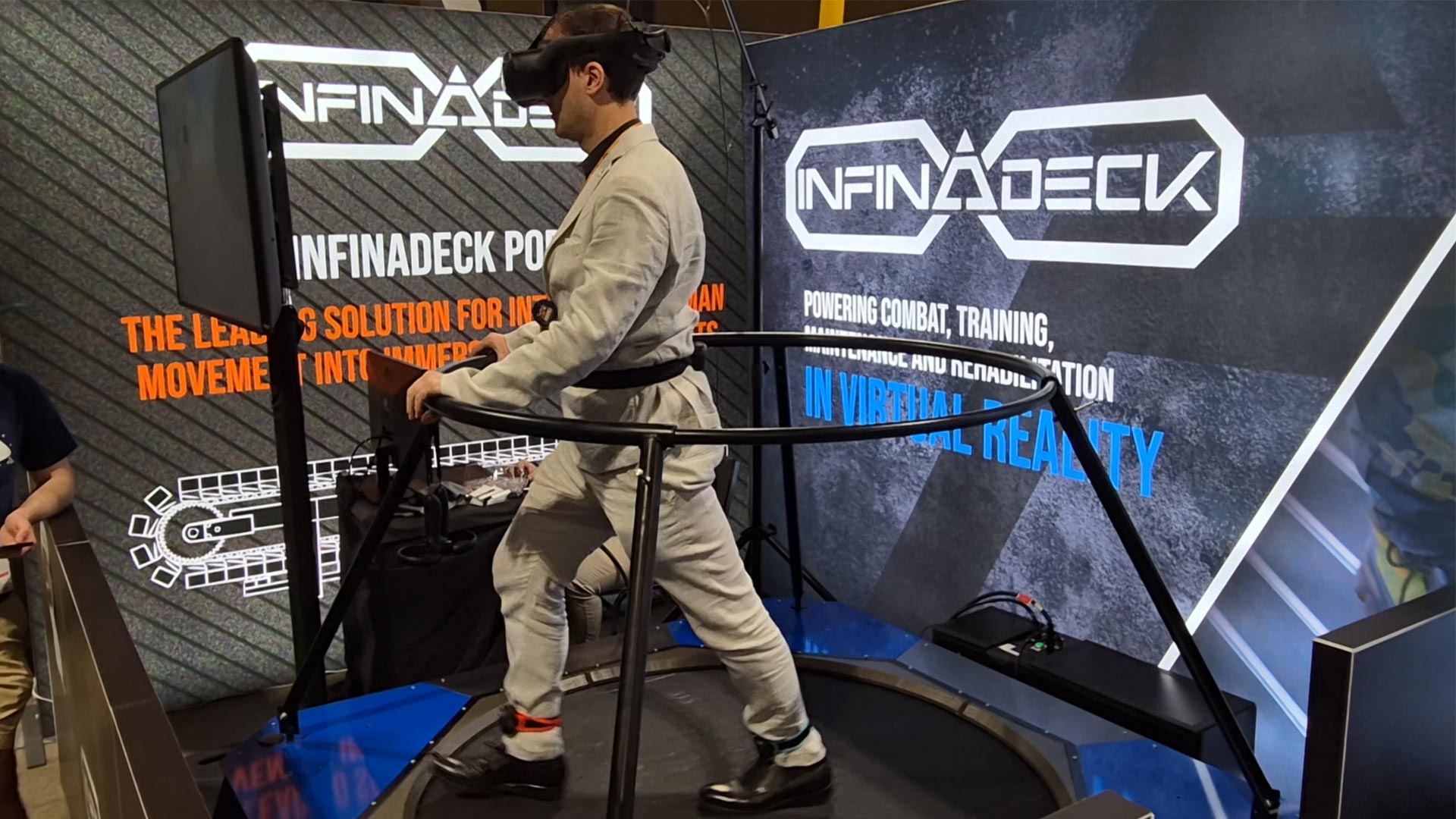Google Cardboard vs Samsung Gear VR
Sometimes people asks me what’s the difference between Google Cardboard and GearVR and which one is better. Both are mobile headset and this can create some confusion in people.

Samsung GearVR is the first high-tier mobile virtual reality headset. It has been made by Samsung with Oculus, with John Carmack (a god for us VR programmers) just getting crazy to milk every possible performance drop from the Samsung hardware. It started with Samsung Note 4 and GearVR innovator edition, which demonstrated how mobile VR could be awesome, freeing all of us from that damn cable that ties us to the PC. GearVR has had various versions, all for high-tier Samsung phones (last one is for Samsung S7) and it is a well crafted and quite expensive product (even if lots of HMDs have been given for free with Samsung smartphones).

Google Cardboard is something that started as a toy by Google, who produced a super-cheap cardboard-made headset just to mock Facebook for its acquisition of Oculus startup. As I described in this article (that you can use to determine which one is the best headset for you) the product is really rough and with few features, but its very low price has made it become really widespread, with lots of companies (like Volvo, WSJ, etc…) distributing for free branded Cardboards to their users. Cardboard is the most common headset (more than 5millions have been sold in the world!) and this has contributed a lot in letting people get in touch with virtual reality, to make people have a try with this new marvelous medium. Cardboard is a name to represent plenty of headsets, with different shapes, colours, brands, materials: the common trait of these devices is that you can put quite any mobile headset inside them (especially Android, but some Cardboards support iOS and Windows Phone) and they will let you experiment VR.

Ok, clarified this… what are the key technological differences between this two headsets?
- GearVR is a name identifying clearly a technology, while Cardboard is not. This is because there exist thousands of different cardboard types that differs in comfort, material (plastic vs cardboard), lenses quality; besides that for each cardboard you can use different types of smartphones, from low-tier to high-tier ones, so performance with a Cardboard viewer may vary a lot.
- Given the previous point, GearVR is guarantee of high quality (high-tier headset with high-tier phone), while Cardboard is not. You have to look for the Cardboard-like headset that suits your needs.
- Honestly speaking I’ve tried lots of cardboard headsets and found no one with the same lens and comfort quality of a GearVR (very good cardboards exists, nonetheless… especially Cardboard v2 ones);
- There are great covers for GearVR (made by Vrcover) that can be useful to protect and sanitize the device during exhibitions. Didn’t see them for cardboard viewers;
- GearVR has been made with Oculus collaborating with Samsung: this means that Samsung phones have been “hacked” so that when they are used within a GearVR, they use all their possible power, even at the risk of overheating. This is crucial to obtain high graphical quality and high FPS (and this is the reason why GearVR phones when used start heating like microwave ovens :D). Cardboard has not this functionality, so even if you use it with a Samsung phone, you can’t reach those performances;
- GearVR has stabilized gyroscopes. What does it mean? It does mean that with cardboards after you have turned your heads lots of times, the sensors will have drifted, so what at the beginning was the front direction for your head is not the front direction at the end. With GearVR this does not happen, because there is a circuitry to stabilize gyroscopes, so they will not drift over time. This drift is unnoticeable in most applications, but if you perform real world- virtual world correspondence, like in our ImmotionRoom solution, your only choice is to use GearVR.
That said, it’s obvious that GearVR is a better product than Cardboard… but what to use depends on what you want to do… and for most applications (like seeing 360-videos), a good plastic cardboard can be enough and far more cheaper.
And you? Do you know other technological differences between these two headsets? Let me know in the comments!
Disclaimer: this blog contains advertisement and affiliate links to sustain itself. If you click on an affiliate link, I'll be very happy because I'll earn a small commission on your purchase. You can find my boring full disclosure here.



